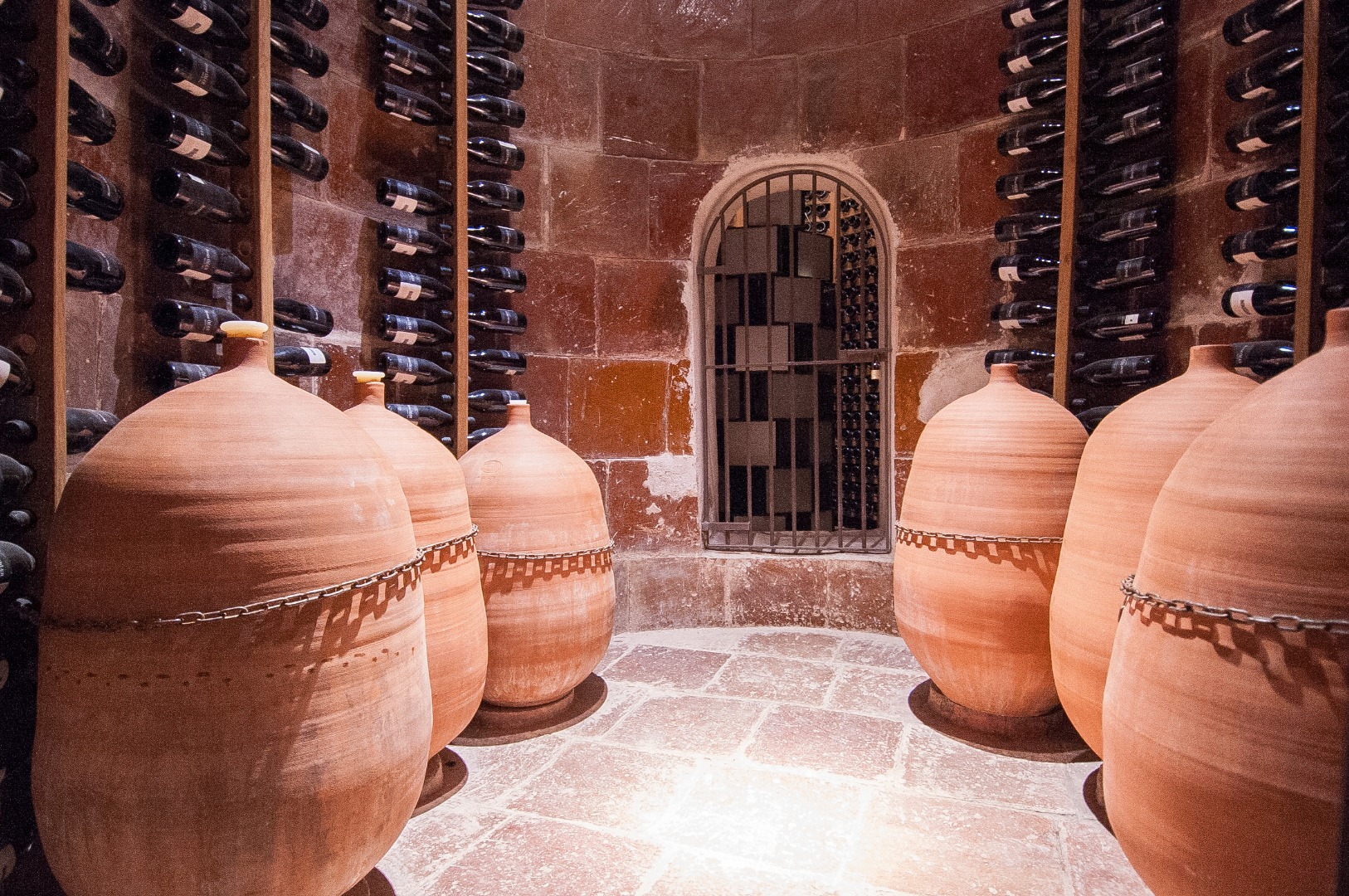We often can hear how people talk about wine as if it is alive. We use such terms as “breathing”, “living”, “dead”, “alive”. The lifecycle of wine has phases just like of everything else. Some wines can live up to 150 years, some wines only 6 months. There are various reasons for such dramatic difference in life expectancy of wine.
It is all about balance. Balance between the ratio of acids, sugar, water and phenolics are the key factors of how well wine can age. The dryer and hotter the year the less water there is in the grape the more likely the wine will have a great aging potential, however it also highly depends on general climate, grape variety and viticultural practice.
Aging wine in the oak barrel induces more phenolic compounds, which also determines the life of wine. So does excessive filtering, before bottling the wine can significantly reduce its ability to age.
Until the moment you open the bottle, every stage of producing, aging and storing is very fragile and important for the life of wine and for the aromatic bouquet it develops. Especially if it slips into a “difficult age” or a “dumb phase”, at this stage the flavors and aromas are very quiet, there is no more specific information on how long it lasts and what affects this stage.
A lot depends on the varieties too, such as Merlot, Syrah and Cabernet have a larger potential for lengthy aging. The longest living wine considered Madeira; this wine exposed to very high temperatures and oxygen during the production, it gives incredible stability to wine, even an opened bottle can survive unharmed up to a year. Sealed Madeiras are longest lasting wines- over 150 years.
A Lifetime of Wine

Apr 2015